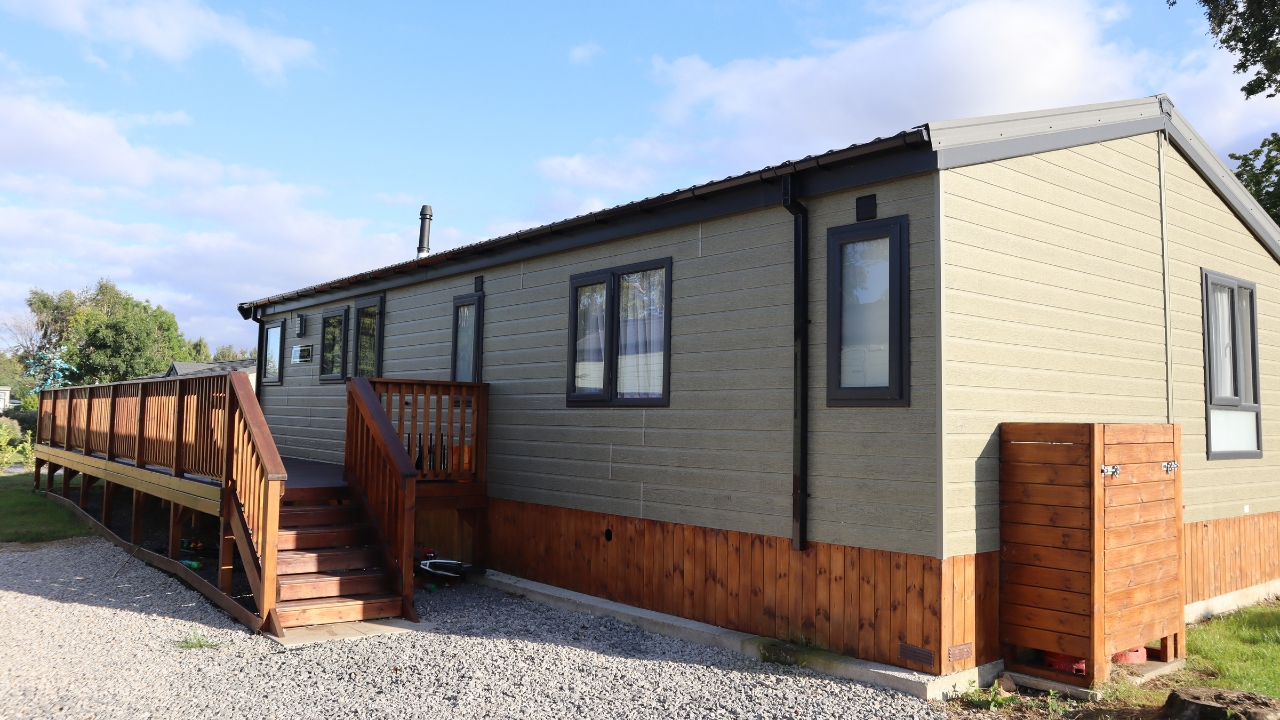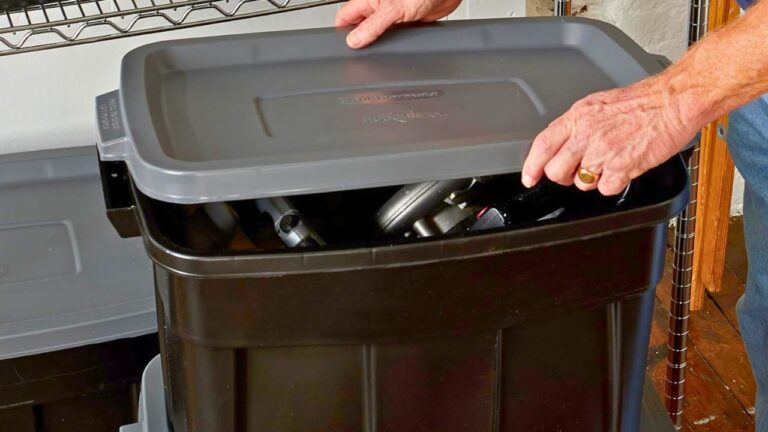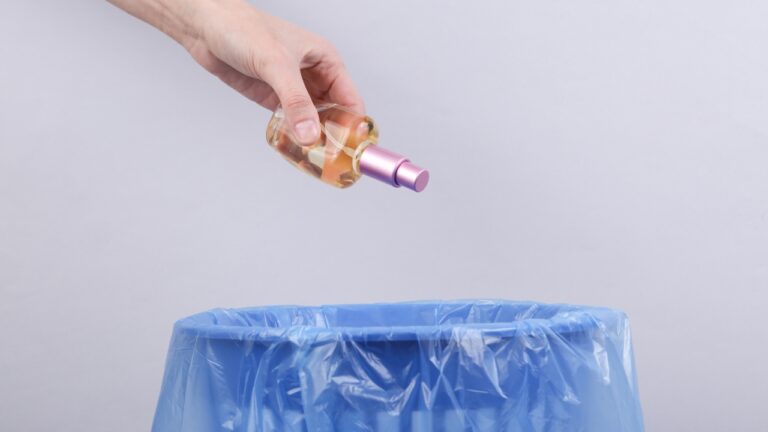8 Skirting Fixes That Actually Hold Up in the Weather
Skirting takes the brunt of the weather—wind, rain, heat, snow—and if it’s not done right, it starts falling apart fast. These fixes actually last and help your skirting stay secure, clean, and functional all year long.
Use Ground Anchors or Concrete Blocks

If your skirting isn’t anchored well at the bottom, wind will lift it right off. That’s especially true in open or high-wind areas.
Secure the base with concrete blocks, treated wood, or ground anchors spaced evenly. It keeps everything weighted and stable.
Install Proper Vents (and Don’t Block Them)

Your skirting needs airflow to prevent moisture buildup, but the vents have to be sized and placed correctly.
Use screened vents every few feet and avoid stacking things against them. This helps prevent mold and keeps the underbelly of your home from rotting out.
Choose Panels Rated for Outdoor Use

Flimsy vinyl from the hardware store won’t last long against storms or hard freezes. It warps, cracks, and fades quickly.
Pick panels made for long-term outdoor exposure—think thicker vinyl, metal, or composite materials. They’re more expensive up front but last way longer.
Seal the Top Edge Tight
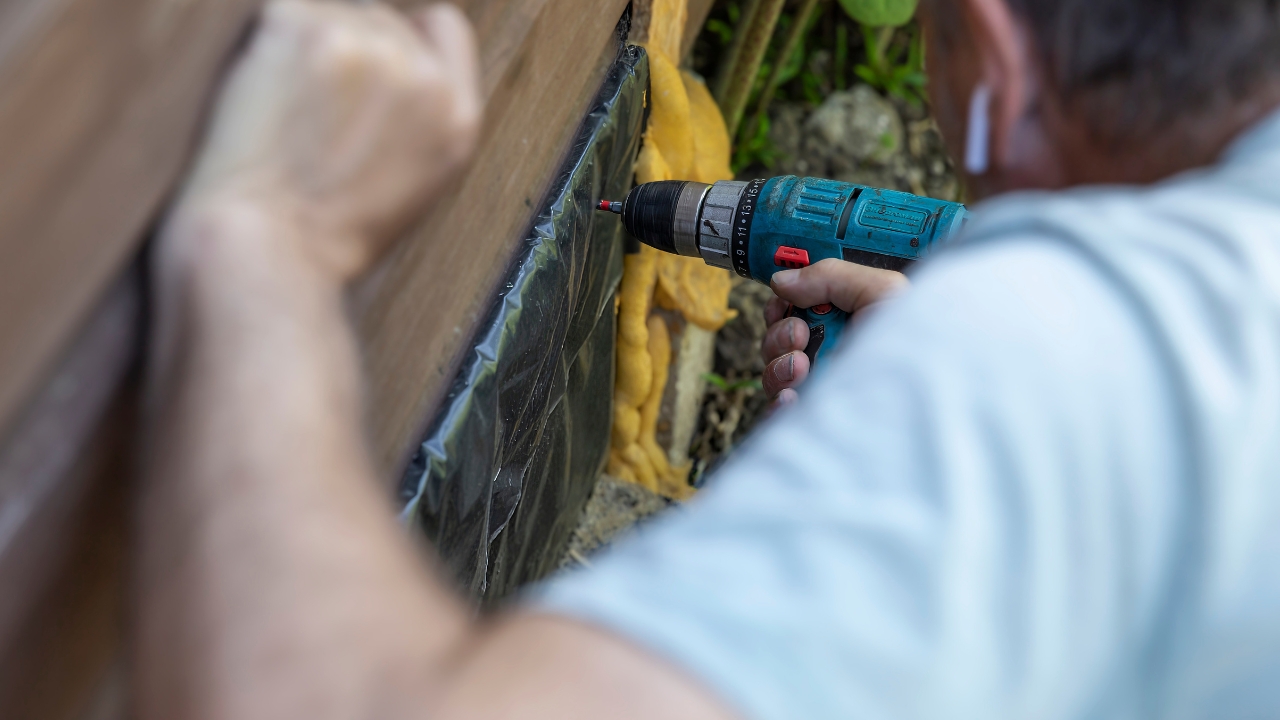
Water and pests sneak in through the top edge if it’s not sealed or fitted snugly against the house. That’s where most damage starts.
Use trim or flashing along the top and make sure it’s screwed in tight. Foam sealant or weather stripping can help close any small gaps.
Add a Gravel Border Along the Bottom
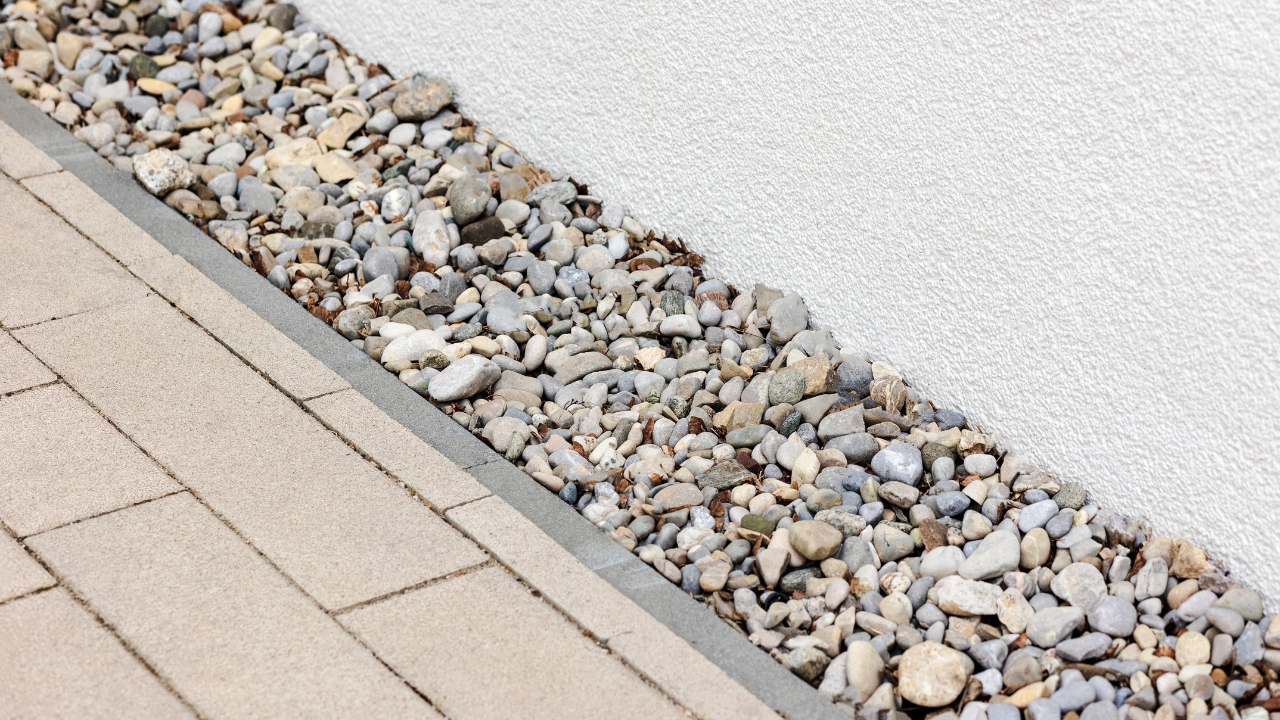
Skirting tends to wear out where it meets the ground. Mud, splashback, and critters all beat it up over time.
Laying down a gravel strip helps with drainage and makes it harder for pests to dig underneath. It also gives it a clean, finished look.
Reinforce Corners and High-Stress Areas
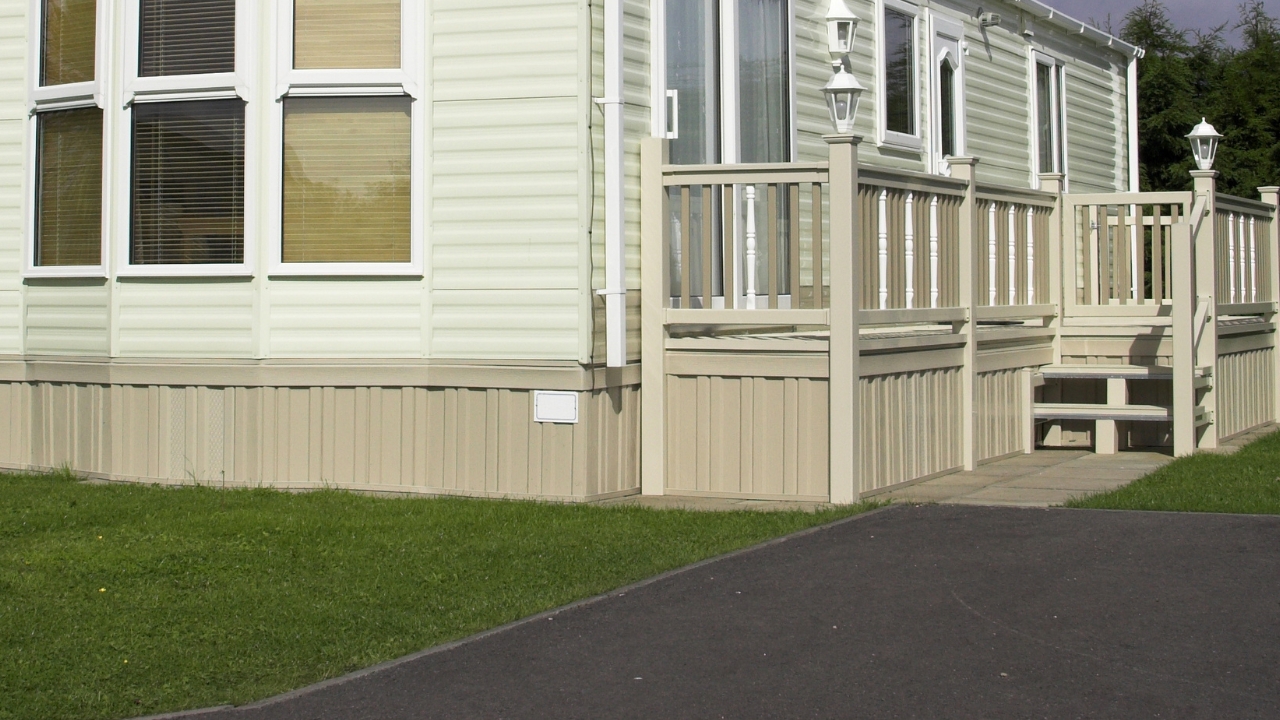
Corners take the most pressure and usually give out first. Wind catches them, animals rub against them, and they shift over time.
Add corner braces or L-brackets inside the skirting for added support. Reinforcing these areas early saves you a full replacement later.
Use Screws Instead of Nails or Staples
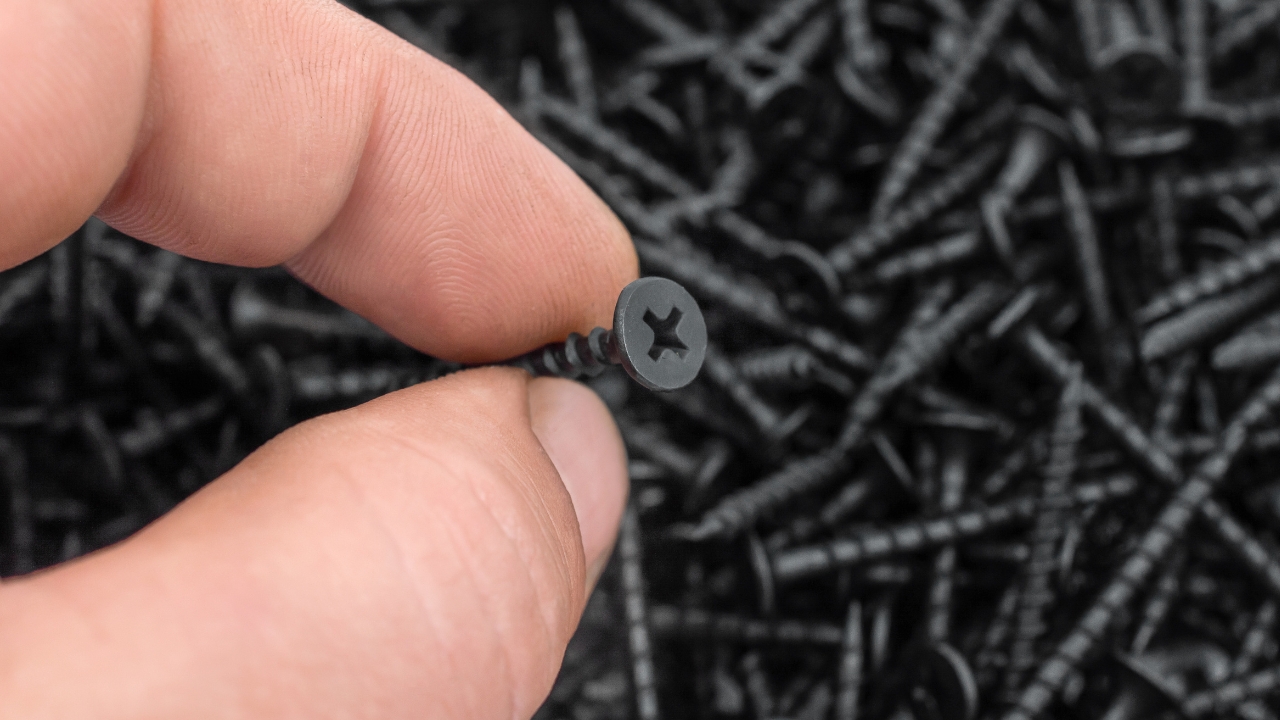
Stapled skirting may go up fast, but it comes down even faster. Screws give a tighter hold and make repairs easier.
Use exterior-grade screws and place them evenly along each panel. It makes the whole setup sturdier, especially in rough weather.
Keep It Off the Ground Slightly

If your skirting sits directly on the ground, it’s going to trap moisture and rot faster. It also gets hit harder during heavy rains.
Leave a slight gap at the bottom or place it just above ground level with a gravel base. That small buffer helps it last longer and dry out faster after storms.
*This article was developed with AI-powered tools and has been carefully reviewed by our editors.

